This is how I gained $44k via my 7 unit apartment building by sending one email to an insurance broker.
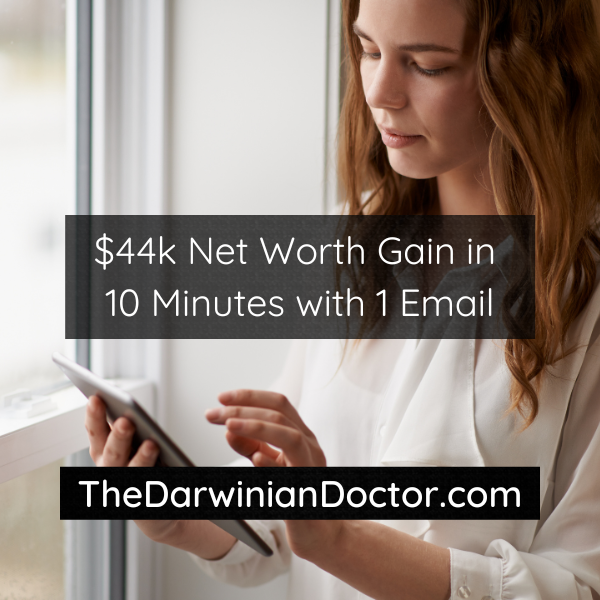

This post may contain affiliate links.
The 3 modes of real estate investment
There are a few different modes of being a real estate investor: asset acquisition, asset improvement, and asset maintenance. I used to think that asset acquisition mode was the most fun.
After all, I love the thrill of the hunt. It’s a great feeling when you do the research, pursue a property, and then finally close on the property after months of planning. This mode can also be frustrating when a property slips through your grasp for one reason or another.
Once you have acquired a property, you get to move onto the asset improvement phase. This is also exciting. During this phase, you get to take a diamond-in-the-rough of a property and polish it until it’s a desirable rental property. In the process, you increase the value of the property. This is what generally opens the door to the ability to refinance the debt. (This is the step in the BRRRR method that can lead to a very high rate of return.)
Read more: The BRRRR method: how we got a 62% return on our first duplex
Is asset maintenance boring?
Because of how fun I’ve found asset acquisition and improvement, I always thought that asset maintenance would be the least fun out of these three modes. After all, it’s not very fun dealing with all of the day to day realities of being a real estate owner. Between tenant problems, appliance and plumbing issues, taxes, and insurance, dealing with portfolio maintenance can be a pain.
At least that’s what I used to think.
Asset improvement, all the time
As our real estate portfolio enters its fifth year, I’m beginning to understand that the asset improvement mode actually never ends. Like a garden, there’s always some expense to prune away or physical improvement to add to fully optimize productivity of the overall portfolio.
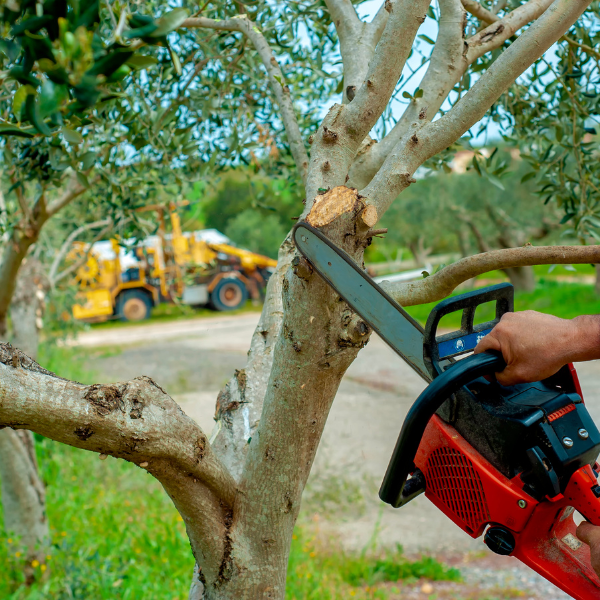

This belies the myth of the truly hands off real estate investor, with a portfolio that just hums along, throwing off gobs of cash flow every month. I now believe that unless someone is both fertilizing and constantly pruning your portfolio, it will swiftly grow stagnant and die on the vine. In the beginning, this gardener is likely going to be you. Later on, it’s quite possible that this role can be served by a good asset manager.
Okay, enough with the gardening metaphors.
Below, let me tell you how I continued in asset improvement mode and added $44k to my net worth with just one email.
My apartment buildings
A significant portion of my time over the past few years has been spent on these two apartment buildings, which together comprise 15 of my 28 units of privately owned rental property.
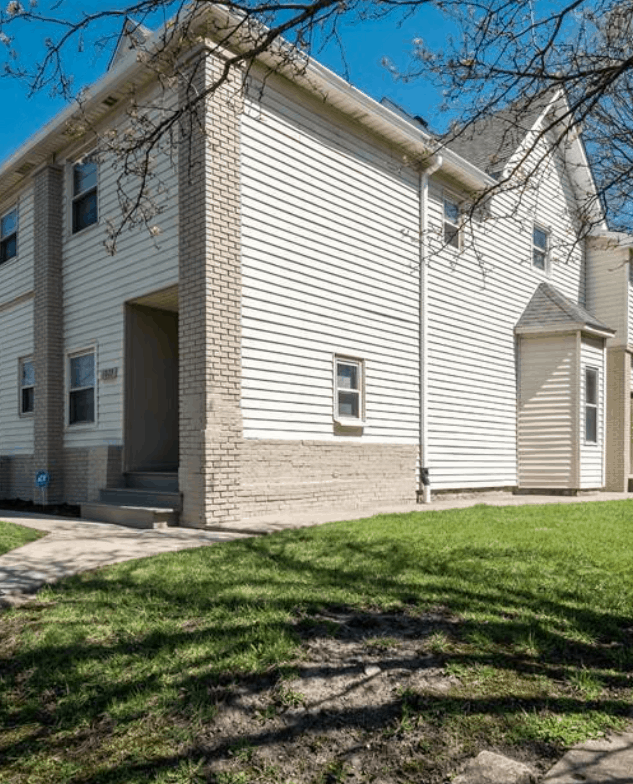
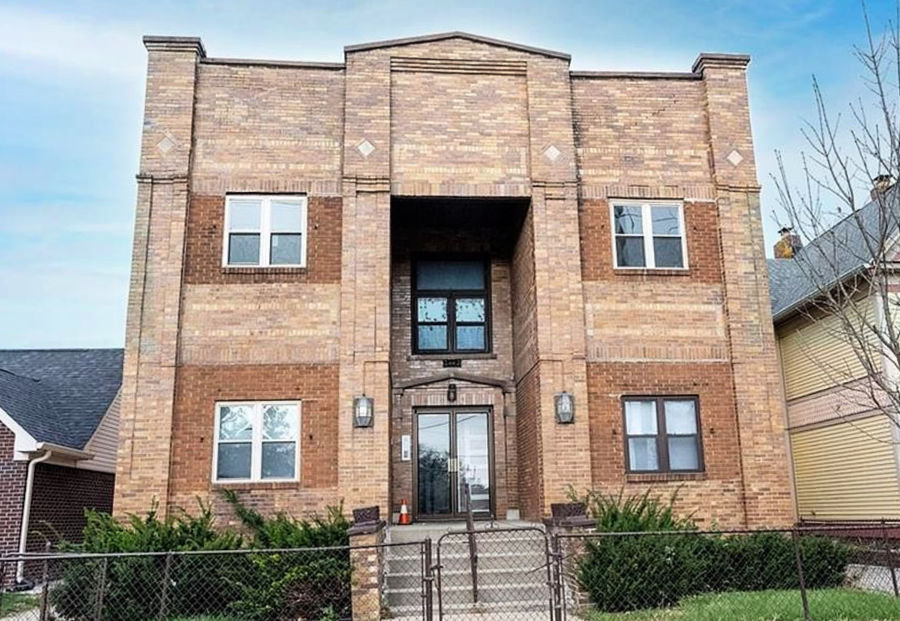

While the improvement phases of these projects were quite different from one another, they collectively served as a “proof of concept” for my journey into larger assets. Currently, both of these properties are fully renovated and generating positive cash flow.
Apartment building valuation
The beauty of apartment buildings is that their valuation is somewhat formulaic. An apartment building’s worth is defined by the following formula:
Apartment Building Value = Net Operating Income / Cap Rate
“Cap rate” stands for “capitalization rate,” which is a real estate valuation measure that compares the annual rental income of a property to its current market value.
“Net operating income” is the amount of income a property generates after taking into account expenses, but not including debt service.
A building’s cap rate can be somewhat subjective, but this number is generally defined by factors like comparative sales, rental market, a building’s quality of repair, and interest rates.
When it comes to NOI, it’s just cold hard numbers.
Although cap rates have risen somewhat due to pressure from interest rates, a fair cap rate for an apartment building in Indianapolis could anywhere between 5-8%, depending on quality.
Valuation of my 7 unit building
For my apartment buildings, let’s choose a “middle of the road” cap rate estimate of 6.5%.
I’ve recently done a lot of analysis on these apartment buildings, so I have some fresh numbers in hand. When it comes to my 7 unit building, it’s been recently generating an NOI of approximately $50,600 on an annualized basis. This implies a value of $778,462 with a 6.5% cap rate.
This is significantly more than the purchase price of $510,000, even after considering the $120k of renovations I’ve completed in the building. Not bad, right?
One email
When you’re dealing with the apartment valuation formula, it’s not hard to see that a small change to net operating income can make a huge change in the valuation of an apartment building.
I had this in mind when I noticed that the building’s insurance cost was $4206 for the year. At around $600/unit, this seemed a bit pricey to me.
I decided to shop this around and sent an email to my new insurance broker.
He was able to find a similar policy for only $1325 per year! (This is a pretty unbelievable number, so I jumped on the policy right away.)
Small changes, big effects
The savings of $2881 annually is fantastic by itself. This money can go to building repairs, upgrades or be diverted to other investments.
But it gets even better when you consider it from a perspective of how this affects the overall valuation of the building.
With an assumed cap rate of 6.5%, this $2881 savings can raise the value of the apartment building by $44,323!
$2881 savings / 6.5% cap rate = $44,323 increased valuation
This is a pretty fantastic result for an intervention that just took essentially one email to an insurance broker! Overall, I estimate that it took about 10 minutes of attention for me to get a quote and then accept the new policy.
Conclusion
Apartment buildings are recession resistant and arguably are more predictable performers than 1-4 unit properties. Because as opposed to just comparative sales data, the valuation of apartment buildings relies on a combination of ROI and cap rates.
In some instances this can be frustrating, like when you don’t agree with the cap rate the bank is using to approximate the value of your asset.
But for the most part, I feel that this makes apartment buildings easier to analyze than smaller assets.
And when it comes to interventions that increase the net operating income, know that even small interventions can create big rewards!
— The Darwinian Doctor
Please subscribe to the newsletter below so you don’t miss a post!
Want to support the blog?
- Join our investor club at Cereus Real Estate
- Visit my Recommendations page
- Check out my wife’s food blog: Eat Dessert First
- Stay at our luxury short term rentals
- Check out my TikTok channel
- Follow me on Instagram
- Follow me on YouTube
- Contact me with questions
Perhaps you’re more of a Facebook type?
Are you a physician, spouse, or professional and you’re interested in using Real Estate to gain financial freedom? Join us in our Facebook group and accelerate your journey!
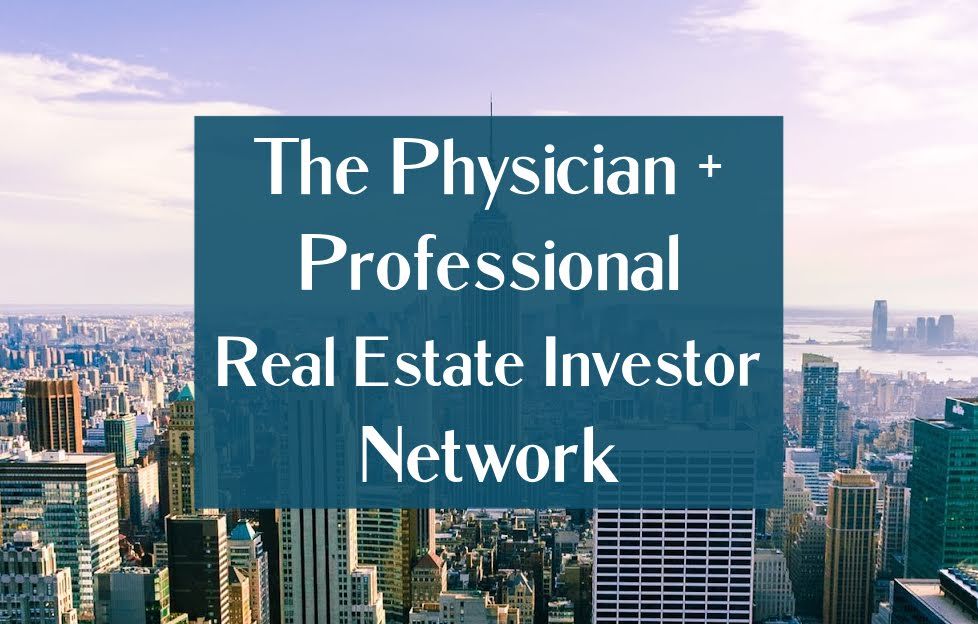

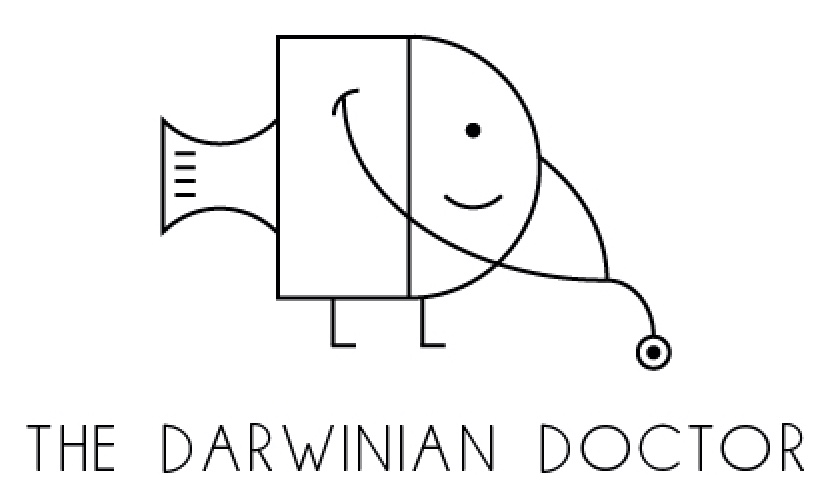


2 comments
Who is your insurance broker?
who is your insurance broker? I pay way too much!